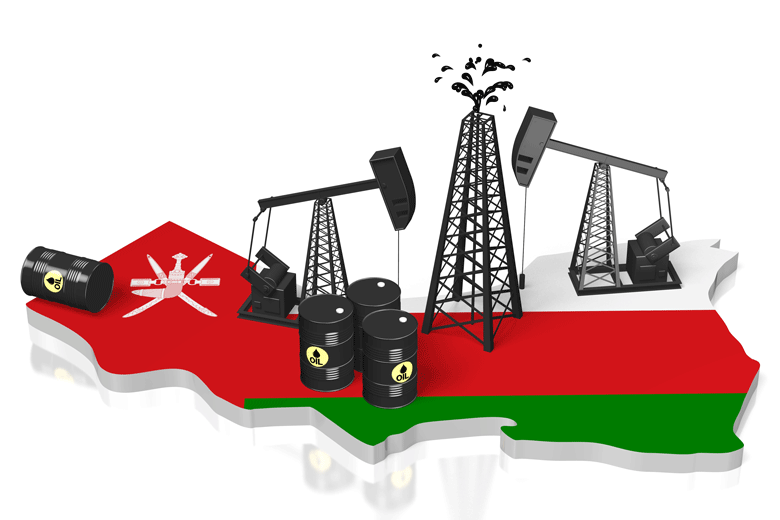

Just two years ago, Oman was seriously thinking about cutting its liquefied natural gas (LNG) production to meet rising domestic gas demand. Now, Muscat faces the opposite dilemma, with the development of two massive gas fields forcing a major strategic rethink in the sultanate’supstream sector.
One of its key decisions will be whether to proceed with the development of the Mabrouk gas field. Petroleum Development Oman (PDO) — one of the country’s largest producers — has completed the appraisal of the field, but is waiting for approval from the Ministry of Oil & Gas before pushing ahead with development.
Estimated reserves
PDO’s conservative estimates at the field, located in the Gharif formation in northern Oman, put gas reserves at 4.4 trillion cubic feet, along with 110 million barrels of condensates. This would rival BP’s massive Khazzan field, which will drive its industrial diversification plans.
Once considered a non-commercial project, the question for Mabrouk now is whether Oman needs the new gas immediately, given that it is currently enjoying a surplus for at least the next five years.
BP started production at the $16bn Khazzan field last September, and has ramped up output to 1 billion cubic feet a day (cf/d), equal to a third of Oman’s gas needs. BP awarded an $800m contract to Petrofac in December for the engineering, procurement and construction of a second central processing facility at Khazzan.
This will boost output to 1.5 billion cf/d, which would be equivalent to 40 per cent of Oman’s domestic gas requirements, and would allow incremental LNG exports of 1.5 million tonnes a year (t/y) from the country’s plants.
Oman exported a four-year-high 8.24 million tonnes in 2017, but even with expanding gas production, it has no plans at present for the construction of a fourth LNG train for export.
LNG bunkering
Instead, some of the gas will be used by Oman in partnership with Total to develop a regional hub for LNG bunkering services. This will use a small-scale modular liquefaction plant of just 1 million t/y at the port of Sohar in northern Oman.
The International Maritime Organisation’s 2020 ban on high-sulphur fuel oil as a marine fuel will help the LNG bunkering business, and as with the UAE’s Fujairah port, Sohar is strategically located outside of the Strait of Hormuz. However, there is little immediate prospect of Sohar overtaking Fujairah as a conventional bunkering hub.

This article is extracted from a report produced by MEED and Mashreq titled The Future of Middle East Energy. Click here to download the report
You might also like...

Iraq signs deal to develop the Akkas gas field
25 April 2024

Emaar appoints beachfront project contractor
25 April 2024

Acwa Power signs $356m Barka extension
25 April 2024

AD Ports secures Angola port concession agreement
25 April 2024
A MEED Subscription...
Subscribe or upgrade your current MEED.com package to support your strategic planning with the MENA region’s best source of business information. Proceed to our online shop below to find out more about the features in each package.







